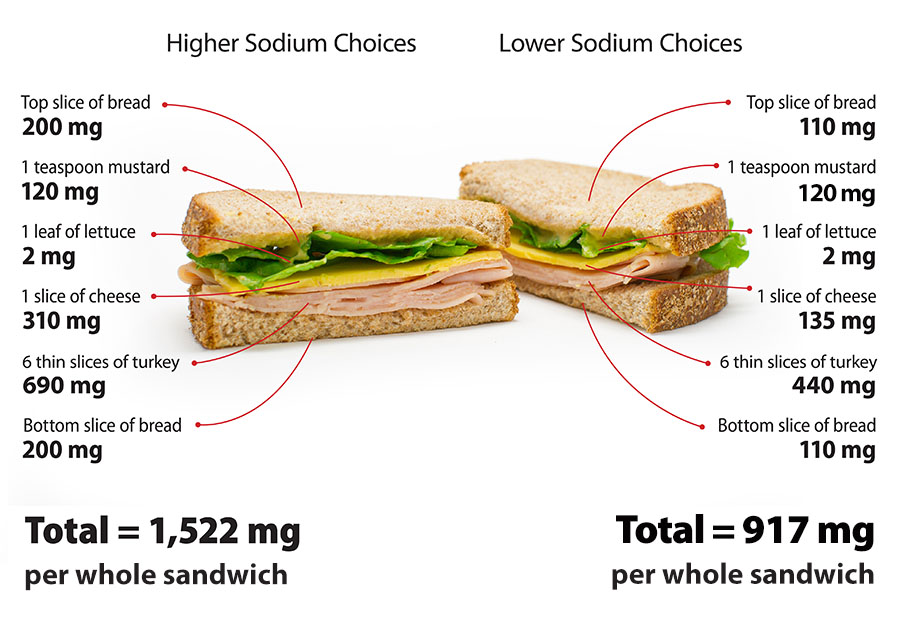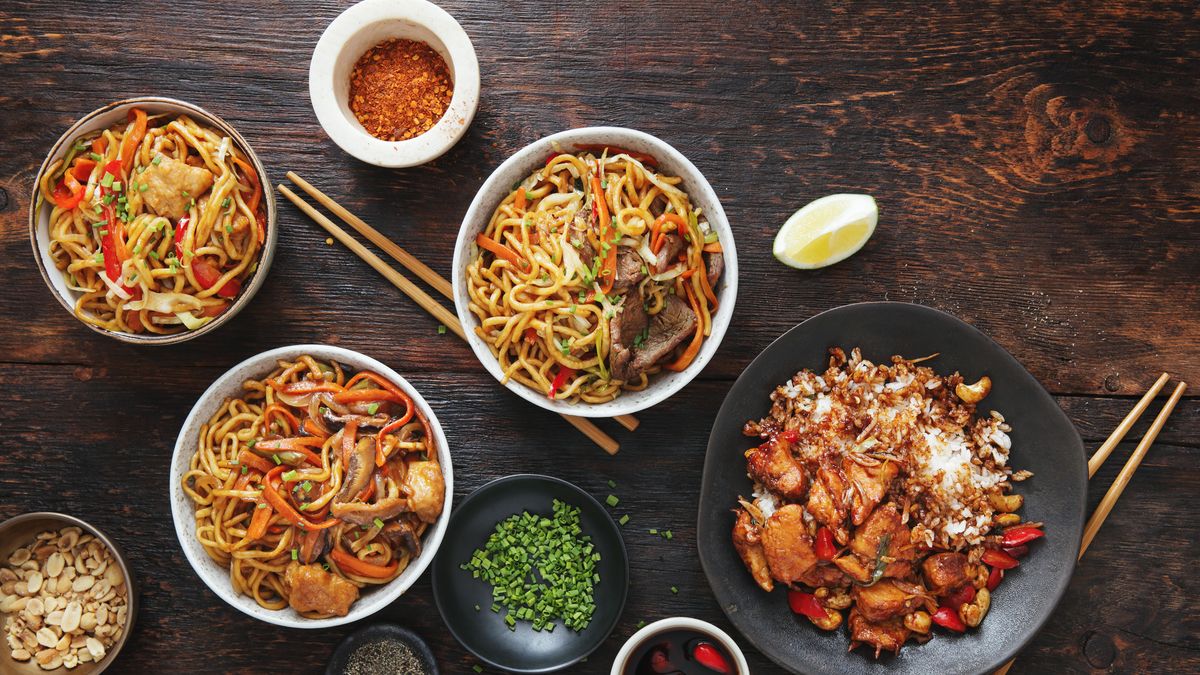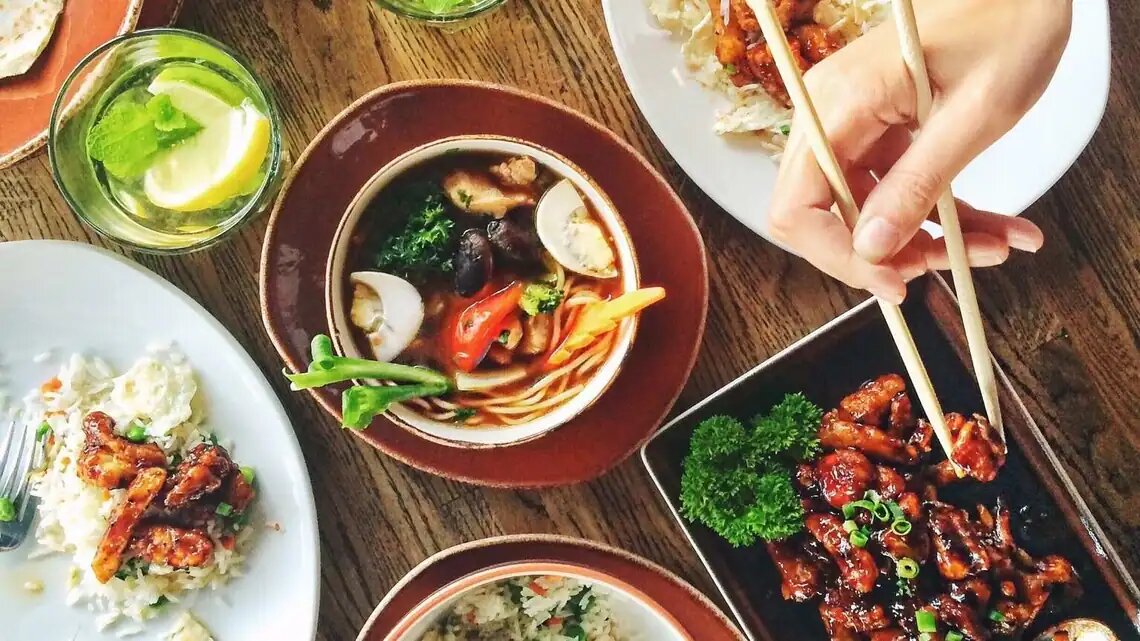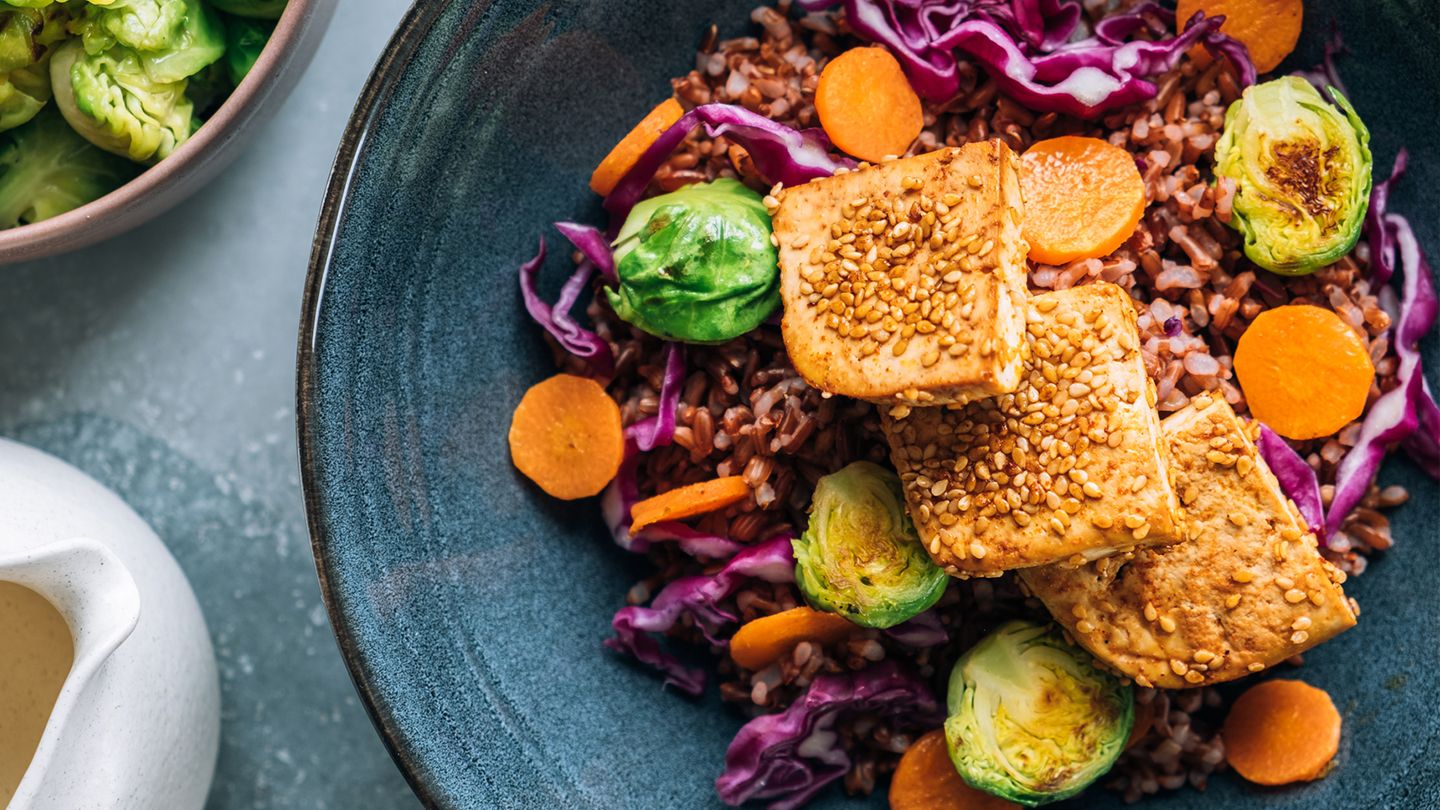What Chinese Food Is Low in Sodium? Explore now
Chinese food is renowned for its complex flavors and wide variety of dishes, and it offers a wide range of gastronomic experiences. What Chinese food is low in sodium is a common query among people watching their salt consumption. We go to restaurants like the famed Chinese Express Restaurant, where the art of taste meets the concern of nutrition, in our quest to find healthier options within this wonderful cuisine.
Understanding Sodium in Chinese Cuisine
Sodium is an essential nutrient that plays a crucial role in our body's functioning. It helps regulate blood pressure, maintain fluid balance, and support nerve and muscle function. However, consuming too much sodium can lead to health problems such as high blood pressure, heart disease, and stroke.

The American Heart Association recommends consuming no more than 2,300 milligrams of sodium per day, with an ideal limit of 1,500 milligrams per day for most adults. Unfortunately, many Chinese dishes are loaded with sodium due to the use of soy sauce, oyster sauce, MSG, and other flavorings.
What Chinese Food Is Low in Sodium
Chinese cuisine can vary widely in terms of sodium content, but there are some options that are generally lower in sodium compared to others. When dining at a Chinese restaurant or preparing Chinese food at home, consider these options for lower-sodium choices:
- Steamed Dishes: Steamed dishes, such as steamed vegetables, steamed fish, or steamed tofu, are often lower in sodium because they are prepared without heavy sauces or excessive seasoning. You can request a light soy sauce or sauce on the side to control the sodium content.
- Stir-Fried Vegetables: Stir-fried vegetables with minimal sauce or using low-sodium soy sauce can be a healthier choice. Ask for less salt or soy sauce when ordering or preparing this dish at home.
- Buddha's Delight (Jai or Loh Han Chai): This is a vegetarian dish made with a variety of vegetables, mushrooms, and tofu. It is typically lower in sodium because it relies less on soy sauce and heavy seasonings.
- Moo Shu Vegetables: Moo Shu dishes often feature shredded vegetables and can be a good option when made with less sodium in the sauce. You can also skip adding extra soy sauce or hoisin sauce.
- Brown Rice: Opt for brown rice instead of white rice. Brown rice is a healthier choice and generally contains less sodium.

In order to make educated decisions about sodium levels when dining out, keep in mind that Chinese food can vary greatly. Therefore, it is a good idea to ask about the preparation techniques and ingredients used. You can also enjoy Chinese food while limiting your salt intake by modifying recipes at home to fit your dietary choices and requirements.
Read more: How Many Calories Wonton Soup
Tips for Making Low-Sodium Choices
Making informed decisions about what to order at a Chinese restaurant can be challenging, especially if you are not familiar with the cuisine. Here are some tips for making low-sodium choices:
- Ask for sauces and dressings on the side: Many Chinese dishes come with a heavy sauce or dressing that is high in sodium. Asking for it on the side allows you to control how much you use.
- Choose steamed or boiled dishes: Steaming or boiling is a healthy cooking method that does not add any salt to the food. Look for dishes that are prepared using these methods, such as steamed fish or shrimp.
- Opt for dishes with vegetables: Vegetables are naturally low in sodium and full of healthy nutrients. Look for dishes that feature a variety of colorful vegetables, such as stir-fried vegetables or vegetable dumplings.
- Be wary of MSG: Monosodium glutamate (MSG) is a flavor enhancer commonly used in Chinese cooking. While it is generally considered safe, some people may experience adverse reactions to it. If you are sensitive to MSG, ask your server if any dishes contain it.
- Choose seafood or tofu over meat: Seafood and tofu are both excellent sources of protein and are typically lower in sodium than meat options. Consider ordering seafood dishes or tofu stir-fries for a healthier meal.
- Share dishes: Chinese portions tend to be large, so consider sharing dishes with your dining companions to avoid overeating and consuming too much sodium.

Homemade Low-Sodium Chinese Recipes
The salt content of Chinese food can be completely customized when it is made at home. Here are some suggestions for making Chinese food low in sodium:
- Tamari or reduced-sodium soy sauce are suitable alternatives.
- To improve flavor, experiment with fresh herbs and spices like ginger, garlic, and cilantro.
- To lower the salt level of canned veggies and beans, rinse them.
- Look up homemade low-sodium sauce and marinade recipes.
FAQs
Q1. Is soy sauce high in sodium?
A1. Yes, soy sauce is high in sodium. A single tablespoon of soy sauce contains approximately 900 milligrams of sodium, which is almost half of the recommended daily limit for most adults. However, there are low-sodium brands of soy sauce available, and many Chinese restaurants offer low-sodium soy sauce upon request.
Q2. Are there any soups that are low in sodium at Chinese restaurants?
A2. Hot and sour soup is typically lower in sodium than other Chinese soups such as egg drop or wonton soup. However, it is still important to consume it in moderation and ask your server about the sodium content.

Q3. Are vegetable dumplings a good low-sodium option?
A3. Yes, vegetable dumplings are an excellent low-sodium option. They are typically steamed and contain a variety of colorful vegetables, making them a healthy and tasty choice.
Q4. Is brown rice lower in sodium than white rice?
A4. While brown rice may be slightly lower in sodium than white rice, the difference is minimal. Both types of rice are naturally low in sodium, but the sodium content can vary depending on how they are prepared and seasoned.
Q5. Can I still enjoy Chinese food if I am on a low-sodium diet?
A5. Absolutely! There are plenty of low-sodium options available at Chinese restaurants, and many dishes can be modified to reduce their sodium content. By following our tips for making low-sodium choices and asking your server about the ingredients and preparation methods of each dish, you can enjoy a delicious and healthy meal at your favorite Chinese restaurant.
View more: How Many Chinese Food
Conclusion
We've explored what Chinese food is low in sodium, and in doing so, we've revealed the possibility of healthier dining options within the rich tapestry of Chinese food. The dedication of Chinese Express Restaurant to providing a variety of options reflects the changing nature of gastronomic awareness. Don't forget that dining is a celebration of ethnic diversity and the pleasure of enjoying foods that cater to both the palate and well-being, whether you choose low-sodium dishes for health reasons or simply enjoy their lighter flavors. Consider the tastes and thoughtful decisions that make Chinese cuisine an enjoyable and health-conscious dining experience as you peruse the menu at Chinese Express.
RESTAURANT LOCATIONS
-
 2488 Channing Way Berkeley, CA 94704 Hotline: (510) 845-3766
2488 Channing Way Berkeley, CA 94704 Hotline: (510) 845-3766





